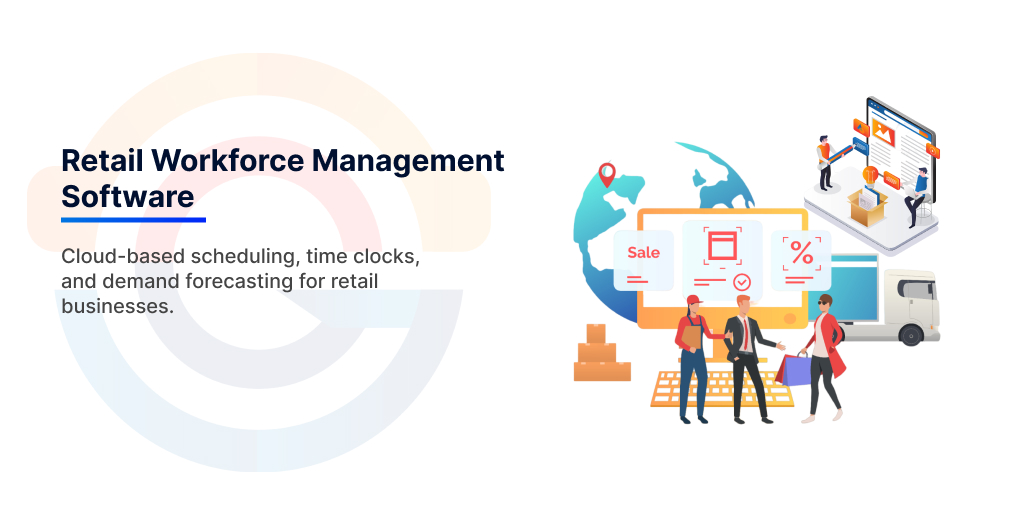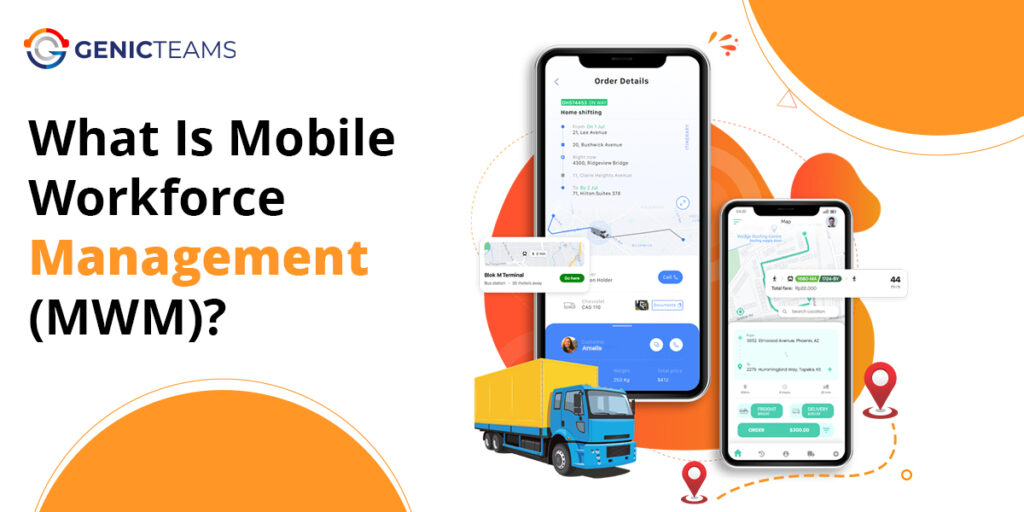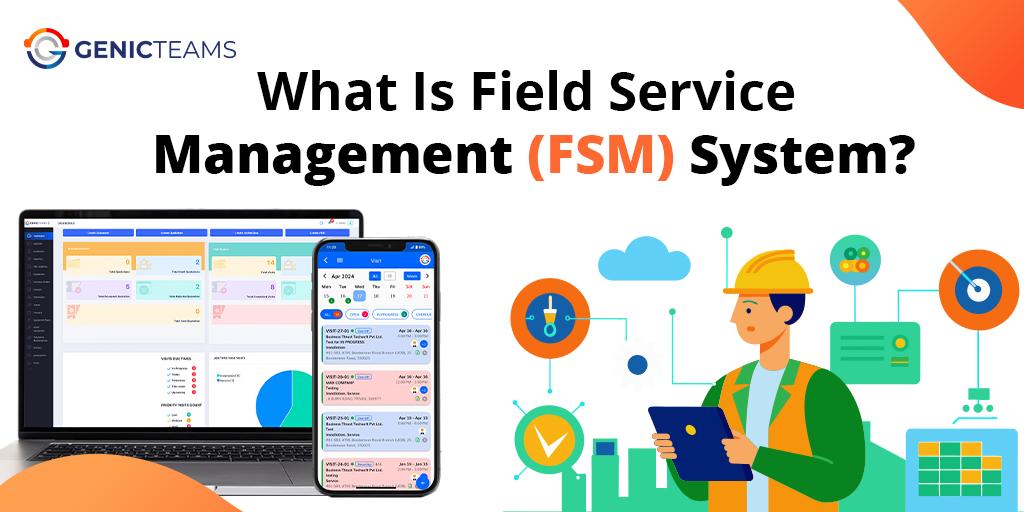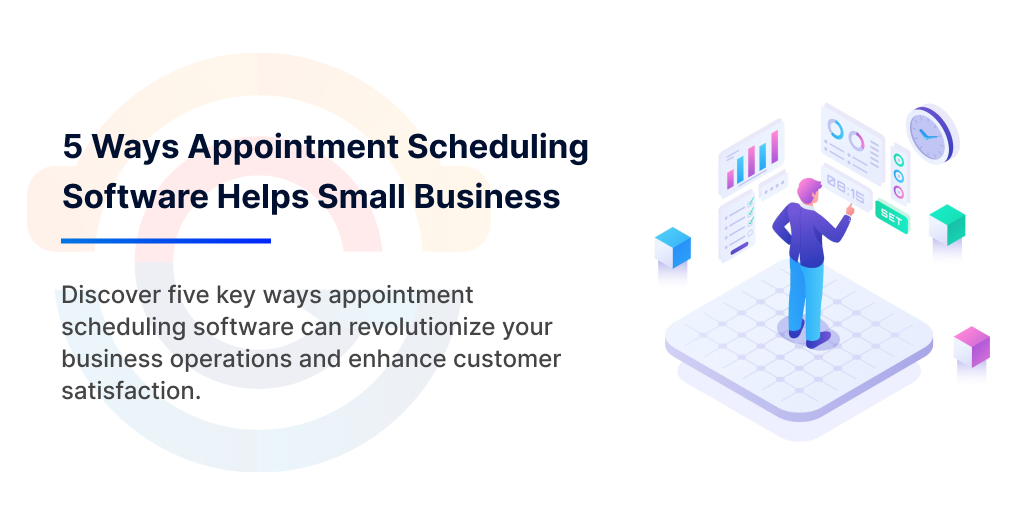Navigating the complexities of workforce management in the retail sector demands not just keen insight but also the right tools. The evolution of Retail Workforce Management (WFM) Software marks a significant shift in how retailers approach labour operations. This guide delves into the transformative impact of WFM solutions, offering a detailed exploration of their role in enhancing operational efficiency and enriching the employee experience. As retail landscapes evolve, understanding and leveraging these sophisticated tools becomes crucial for staying competitive and responsive to both market demands and workforce needs.
Understanding Retail Workforce Management Software
What is Retail WFM Software?
Retail WFM Software is a technology solution designed to streamline various aspects of managing a retail workforce. It’s a tool that helps retailers plan, monitor, and analyse employee activities. This software plays a pivotal role in ensuring that the right number of employees with the right skills are in the right place at the right time.
Components of Retail WFM Software:
- Labour Budgeting: This feature helps in planning and allocating financial resources for labour effectively.
- Demand Forecasting: It predicts customer footfall and sales trends, aiding in optimal staff scheduling.
- Employee Scheduling: This tool ensures that schedules are created efficiently, meeting both business needs and employee preferences.
- Time and Attendance Tracking: It monitors employee work hours, aiding in payroll processing and compliance.
- Reporting and Analytics: This provides insights into workforce performance and operational efficiency.
The Role of AI in Transforming Retail Workforce Management
Artificial Intelligence (AI) has revolutionized service management software by introducing precision and efficiency. AI-driven demand forecasting allows for schedules that align perfectly with customer traffic patterns. This not only boosts sales but also enhances employee satisfaction, as they receive schedules that consider their preferences and availability.
Benefits of AI in Retail WFM:
- Efficient Scheduling: AI creates schedules that balance business needs and employee preferences.
- Improved Forecasting: AI predicts customer demand with higher accuracy, reducing overstaffing or understaffing issues.
- Enhanced Employee Satisfaction: AI-driven schedules offer employees more flexibility, leading to higher job satisfaction.
Adapting to the Omni channel Retail Environment
The rise of Omni channel retailing has reshaped workforce management. Customers now shop in-store, online, and through various other channels, each requiring different staffing strategies.
Staffing for Omni channel Retail:
- In-Store: Ensuring adequate staff for a personalized shopping experience.
- Online and Pick-Up: Staffing for efficient handling of online orders and customer pickups.
- Delivery: Allocating resources for prompt and accurate delivery services.
Integrating these diverse channels into workforce planning is crucial for seamless operations and customer satisfaction.
Meeting Modern Employee Expectations
Today’s retail employees seek more than just a paycheck; they desire flexibility, control, and engagement in their work. Retail WFM Software plays a critical role in meeting these expectations.
Key Employee Expectations:
- Schedule Flexibility: Employees prefer control over their work schedules, seeking options to swap shifts or choose preferred working hours.
- Modern Communication Tools: Easy access to information and seamless communication with management and peers is essential.
- Early Wage Access: The option to access earned wages before the regular payday is a highly valued feature.
Retail WFM Software that caters to these needs not only attracts but also retains top talent, crucial in today’s competitive retail landscape.
Navigating the Labour Shortage in Retail
In today’s retail landscape, a significant challenge is the labour shortage. Retailers are seeking effective strategies to manage their workforce efficiently. The key is to optimize workforce utilization, especially during peak times. This approach not only addresses staffing needs but also boosts employee morale.
Strategies for Workforce Optimization
- Flexible Scheduling: Offer employees the ability to choose their shifts. This adaptability can lower turnover and boost work satisfaction.
- Cross-training: Equip employees with skills to perform multiple roles. This versatility ensures coverage during unexpected shortages.
- Leveraging Part-time Staff: Utilize part-time workers to fill gaps, especially during high-demand periods.
Employee Retention and Engagement
Engaged employees are less likely to leave. Retailers can enhance engagement through:
- Recognition Programs: Give credit and acknowledge exceptional work.
- Career Development Opportunities: Provide training and growth opportunities.
- Open Communication: Encourage a culture where staff members feel appreciated and heard.
Cross-Location Staffing
This approach allows employees to work across different store locations. It offers:
- Increased Earning Potential: Employees can pick up extra shifts at other locations.
- Variety in Work Environment: Exposure to different teams and store layouts.
Choosing the Right Retail Workforce Management Software
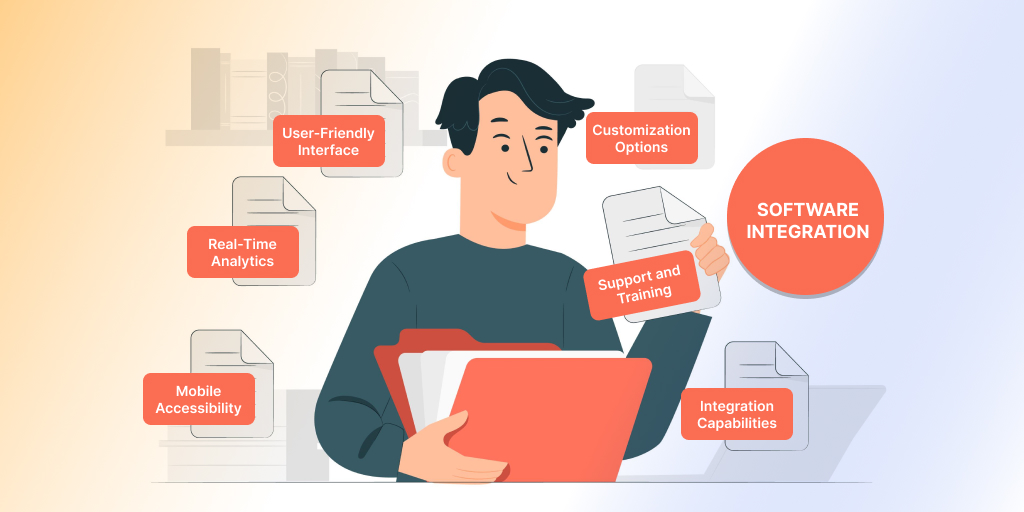
Selecting the ideal Retail Workforce Management Software is crucial. It should align with your business needs and enhance operational efficiency.
Key Features to Look For
- User-Friendly Interface: The application has to be simple to use and intuitive.
- Real-Time Analytics: Access to up-to-date data for informed decision-making.
- Mobile Accessibility: Ensure employees can access the system on the go.
Questions to Ask Vendors
- Integration Capabilities: Can the software seamlessly integrate with your existing systems?
- Customization Options: Is there flexibility to tailor the software to your specific needs?
- Support and Training: What level of ongoing support and training does the vendor offer?
Implementation and Adoption of WFM Software
Implementing a new WFM system requires a strategic approach. Proper training and support are vital for smooth adoption.
Best Practices for Implementation
- Phased Rollout: Start with a few locations before expanding.
- Employee Training: Conduct comprehensive training sessions for all users.
- Feedback Mechanism: Establish channels for users to provide feedback and suggestions.
Measuring Success
Success can be gauged through:
- Increased Productivity: Monitor for improvements in scheduling efficiency.
- Employee Feedback: Positive feedback from users indicates successful adoption.
- ROI Analysis: Assess the financial impact compared to pre-implementation.
Read More – Work Order Management Software
Future Trends in Retail Workforce Management
The future of retail workforce management is exciting, with emerging technologies playing a key role.
Emerging Technologies
- Artificial Intelligence: AI will continue to refine labour forecasting and scheduling.
- Virtual Reality Training: Innovative ways to train employees in a virtual environment.
- Remote Work Options: Exploring remote roles within the retail sector.
Predictions for the Future
- Greater Automation: More processes will become automated, reducing manual tasks.
- Enhanced Employee Experience: Focus on tools and technologies that improve the work-life balance.
Conclusion
Effective Retail Workforce Management Software is more crucial than ever. With the right strategies and tools, retailers can navigate labour shortages, choose the best software solutions, and prepare for future trends. The goal is to create a win-win situation where the business thrives, and employees feel valued and engaged. Remember, a happy workforce leads to a successful retail operation. Let’s embrace these changes and move towards a more efficient and employee-centric retail environment.



